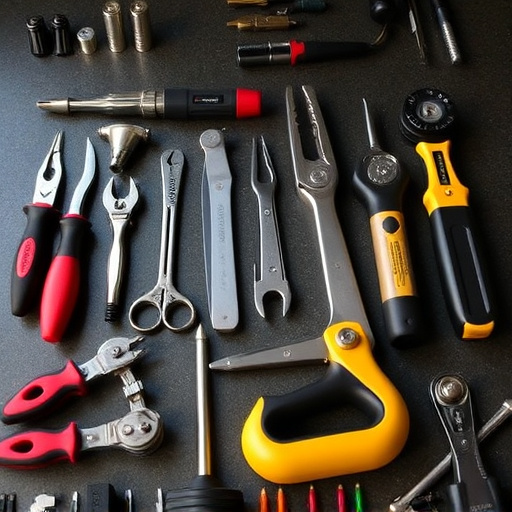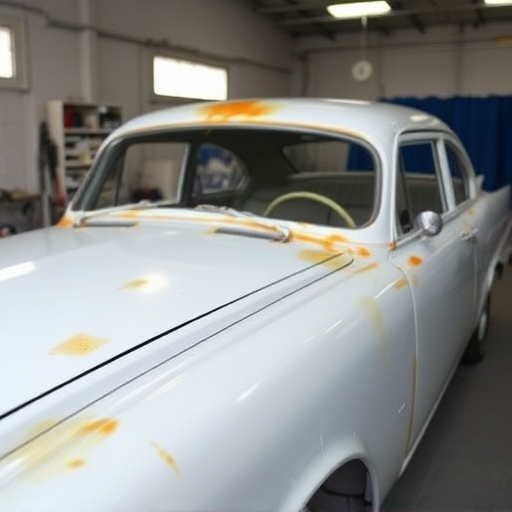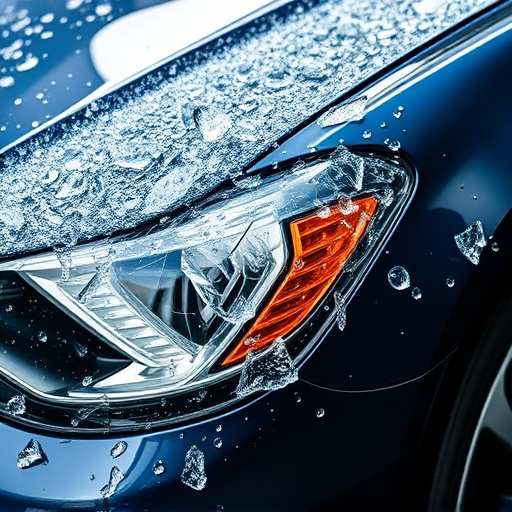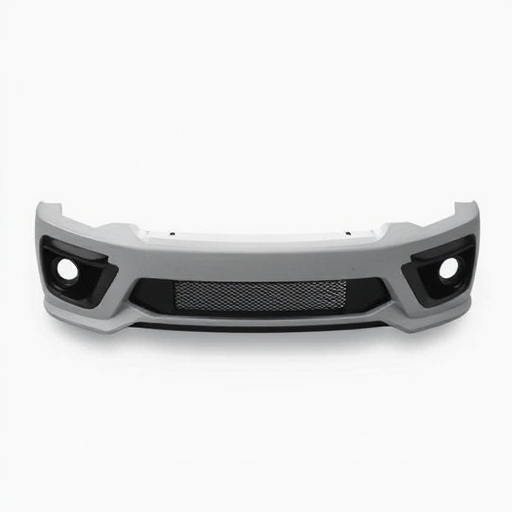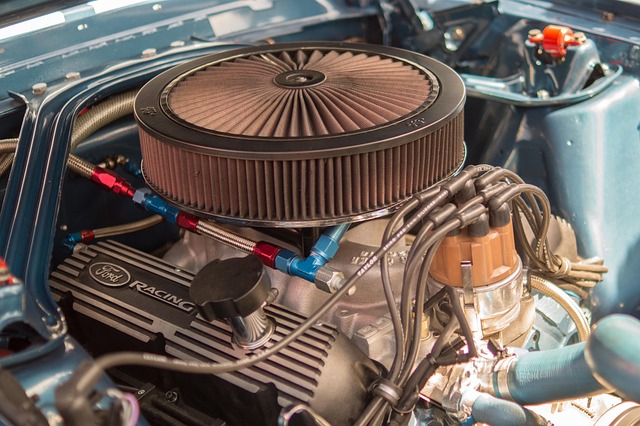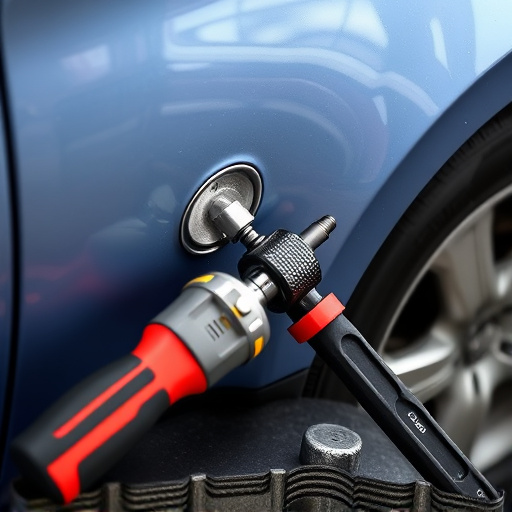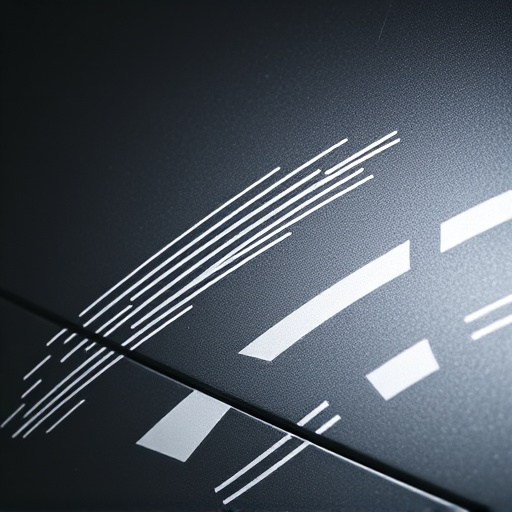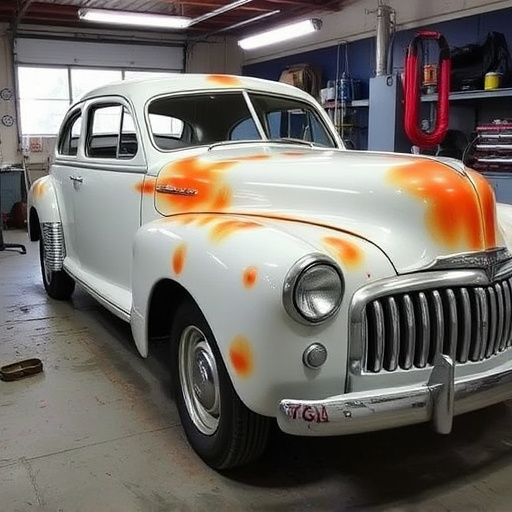Collision damage can severely impact an AC system's functionality due to force concentration in front and side impact zones. Skilled professionals follow a systematic approach to repair, including thorough assessment, disassembly, leak testing, replacement of damaged components like O-rings or the compressor, reassembly, and necessary frame/body repairs. This meticulous process ensures a fully functional AC system post-collision, vital for passenger comfort and vehicle performance while adhering to safety standards.
After a car accident, your AC system might be damaged, affecting comfort and efficiency. Understanding common AC system injuries and the repair process is crucial. This guide walks you through what to expect during AC system collision repairs, from identifying damage to ensuring optimal cooling post-repairs. Learn about efficient restoration and keep your vehicle cool even after a collision.
- Understanding AC System Damage in Collisions
- Step-by-Step Repair Process for Optimal Cooling
- Ensuring Efficient Cooling Post-Collision Repairs
Understanding AC System Damage in Collisions
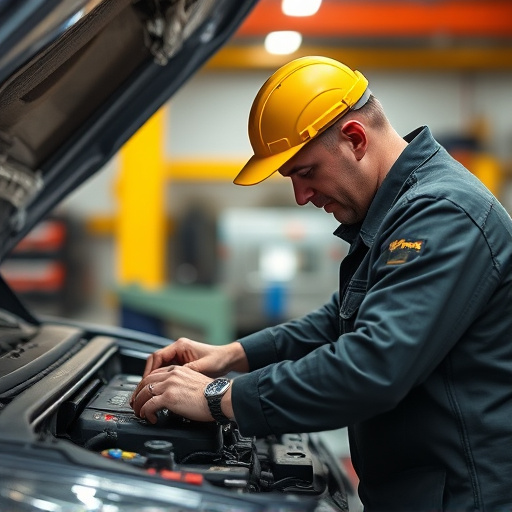
When a vehicle is involved in a collision, the air conditioning (AC) system often suffers damage, especially if the impact affects the front or side of the car where the AC components are located. Understanding the potential harm caused by such accidents is key to managing expectations during the AC system collision repair process. The force of a crash can lead to several issues within the intricate AC mechanism.
Common problems include refrigerant leaks, compressed air escape, and damage to the condenser or evaporator coils, which are vital components responsible for cooling the interior space. Additionally, the impact might affect the control mechanisms, such as sensors and valves, disrupting the system’s ability to maintain optimal temperature settings. Auto maintenance professionals skilled in AC system collision repair will thoroughly inspect these components, address any leaks with precision, and replace or repair damaged parts to ensure efficient cooling once the vehicle is back on the road, alongside offering tire services and auto glass replacement if needed.
Step-by-Step Repair Process for Optimal Cooling
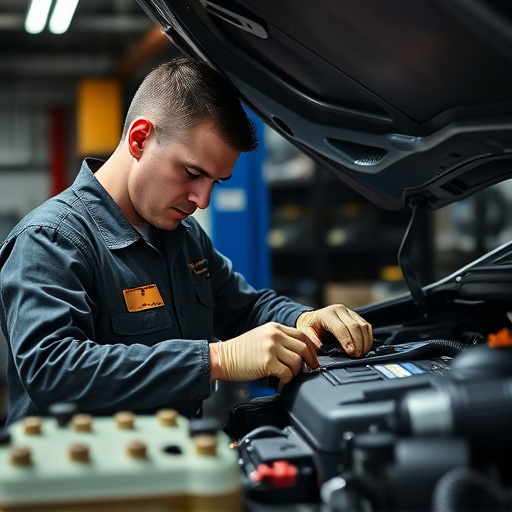
During AC system collision repairs, a systematic approach is crucial for optimal cooling performance and comfort. Here’s a step-by-step process that ensures thorough fixing:
1. Assessment and Disassembly: The first step involves carefully assessing the damage to the AC system, including the compressor, condensers, and evaporators. If necessary, the technician will disassemble components to properly inspect and identify any issues caused by the collision. This meticulous process is key in ensuring every part of the system is examined for potential leaks or structural integrity problems.
2. Repairs and Replacements: Depending on the extent of damage, specific parts may require replacement, such as O-rings, gaskets, or even the compressor itself. Technicians use high-quality components to ensure top performance. After replacements, all parts are thoroughly tested for leaks. This involves charging the system with refrigerant and using specialized equipment to detect any unwanted gas escape. Once leak-free, the AC system is reassembled, ensuring all components are securely in place. Frame straightening and autobody repairs might also be part of the process if the collision affected the vehicle’s structure or exterior, aiming to restore both the car’s safety and its aesthetic appeal.
Ensuring Efficient Cooling Post-Collision Repairs
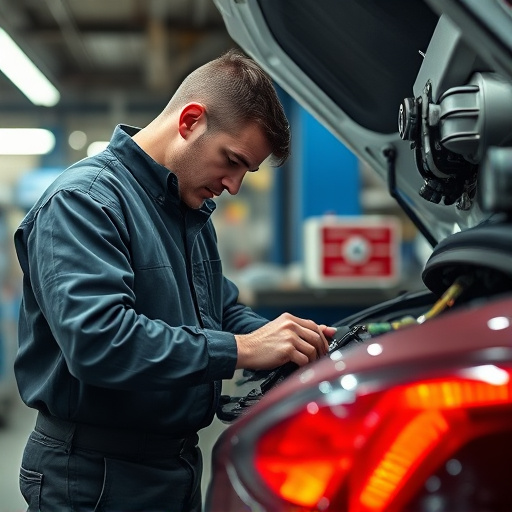
After a collision, it’s natural to focus on structural integrity and safety. However, efficient cooling post-collision repairs is a crucial aspect often overlooked. The AC system plays a vital role in maintaining a comfortable cabin temperature, especially during hot summers or after severe accidents that might have caused significant collision damage repair. A well-trained technician will assess not just visible car damage repair but also inspect the AC components for any leaks, blockages, or damage.
Proper ventilation and cooling are essential for both passenger comfort and vehicle performance. During AC system collision repair, the goal is to restore these functions without compromising safety standards. This involves replacing damaged parts, sealing leaks, and ensuring that the system operates efficiently once again. Remember that in the world of collision damage repair, a fully functional AC system can significantly enhance the driving experience post-repair.
When your vehicle experiences an accident, understanding the intricacies of AC system collision repair is key to ensuring optimal cooling performance post-repair. By following a meticulous step-by-step process and prioritizing efficient cooling, you can restore your comfort and peace of mind while driving. Remember, a professional approach to AC system collision repairs can make all the difference in maintaining a cool and comfortable cabin environment.


